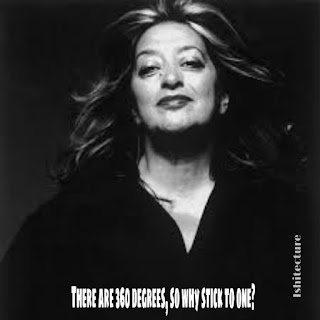The word utopia has Greek origins
and was first coined by Thomas More in 1516, "ou-topos" means
"no place" or "nowhere", but also refers to
"eu-topos" meaning "a good place". The meaning of the word
reflects the question of whether a good or perfect place can exist somewhere.
Utopian ideas have always been overreaching, far too ambitious, unconcerned
with details, and too willing to disregard the human consequences and maybe
ahead of time.
As an
architect, I believe in the value of Utopian thinking, as the reality of
today's world can often be difficult to face, and have always dreamed of
building a better world. We are always driven by ambitions and philosophical
thinking and realize the dreams and visions of a better future without the
problems we face today. Today the world is facing many problems like global
climate change, rising sea levels, and other environmental destruction, thus it
is easy to dream of a world with solved problems.
Till
now, utopia only exists in theory, but perhaps soon Utopian ideals can exist
truly. Some Utopian visions specialize in new technology, others on open,
untouched landscapes. In the 1960s and 1970s, the Utopian ideas were of
ludicrous mega structures and space frames to infinity but had no concern for
people's well-being, but in 2016 all these ideas made sense and now we have
achieved those ideas. Reconstruction after World War II led to economic growth,
technological advancements, and a new form of social behavior, which led to
the belief that the future buildings would be larger and much more sophisticated.
Ambitions of that time were civic, commercial, and residential and leisure
functions to be brought together in a single building, which can be seen
commonly in today's era.
Going
through history, we can see that utopian visions are helping in building
progressive cities with modernist ideas and new technologies. At present the
Utopian ideas are of buildings that are less monumental, more efficient, and
more in-tune with the natural world due to the troubles we face. Today humanity
has capabilities like never, but those with power, lack the ambition to make
any of the changes that appear so desperately necessary. Perhaps some
architectural utopianism would not be such a bad thing to survive in the
future.




Comments
Post a Comment